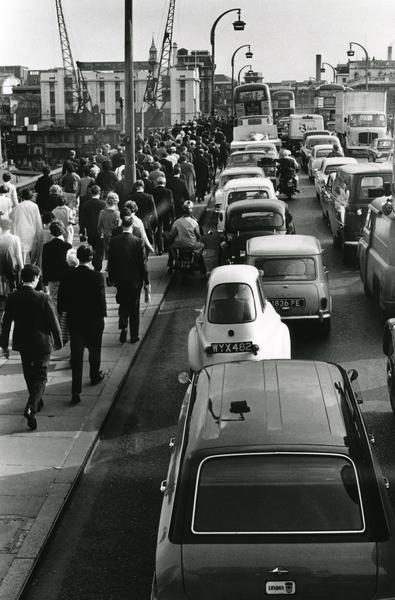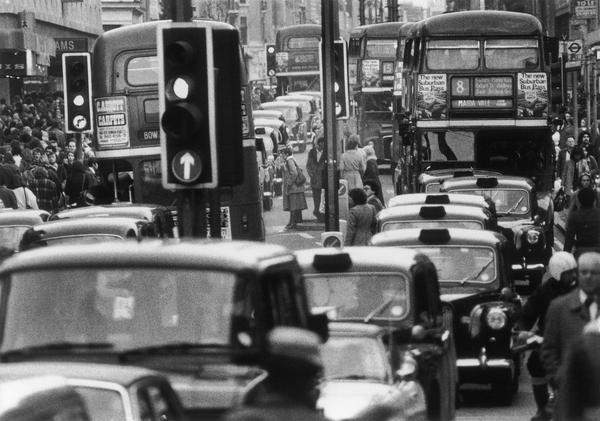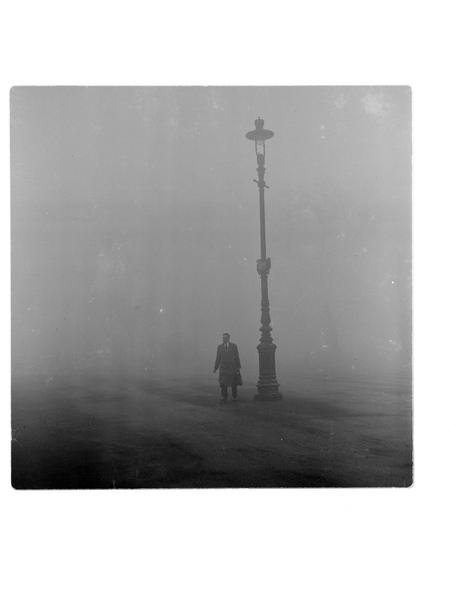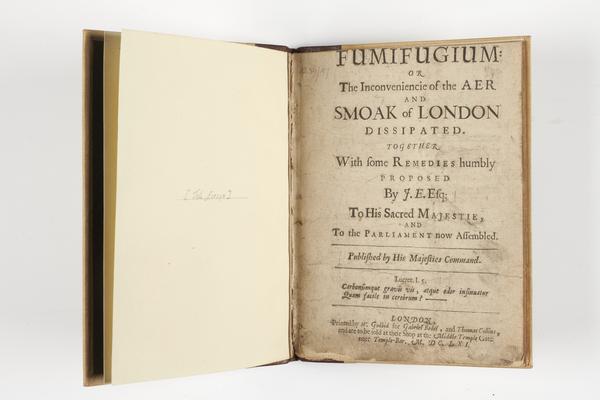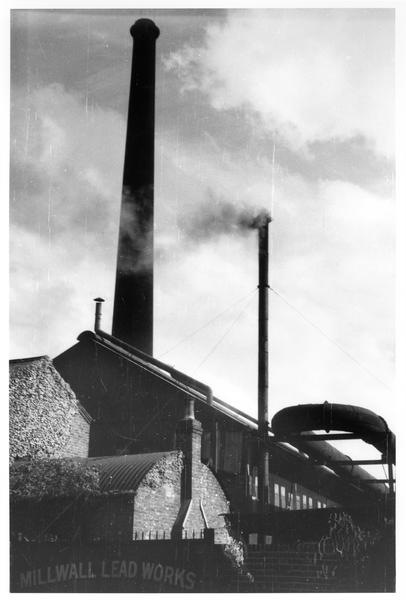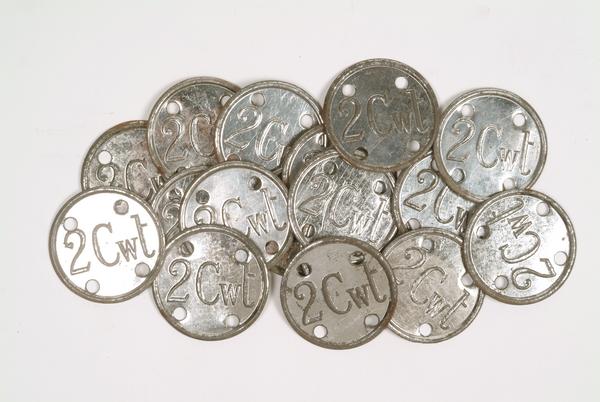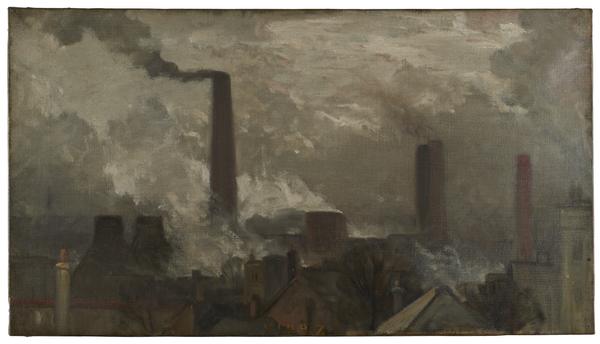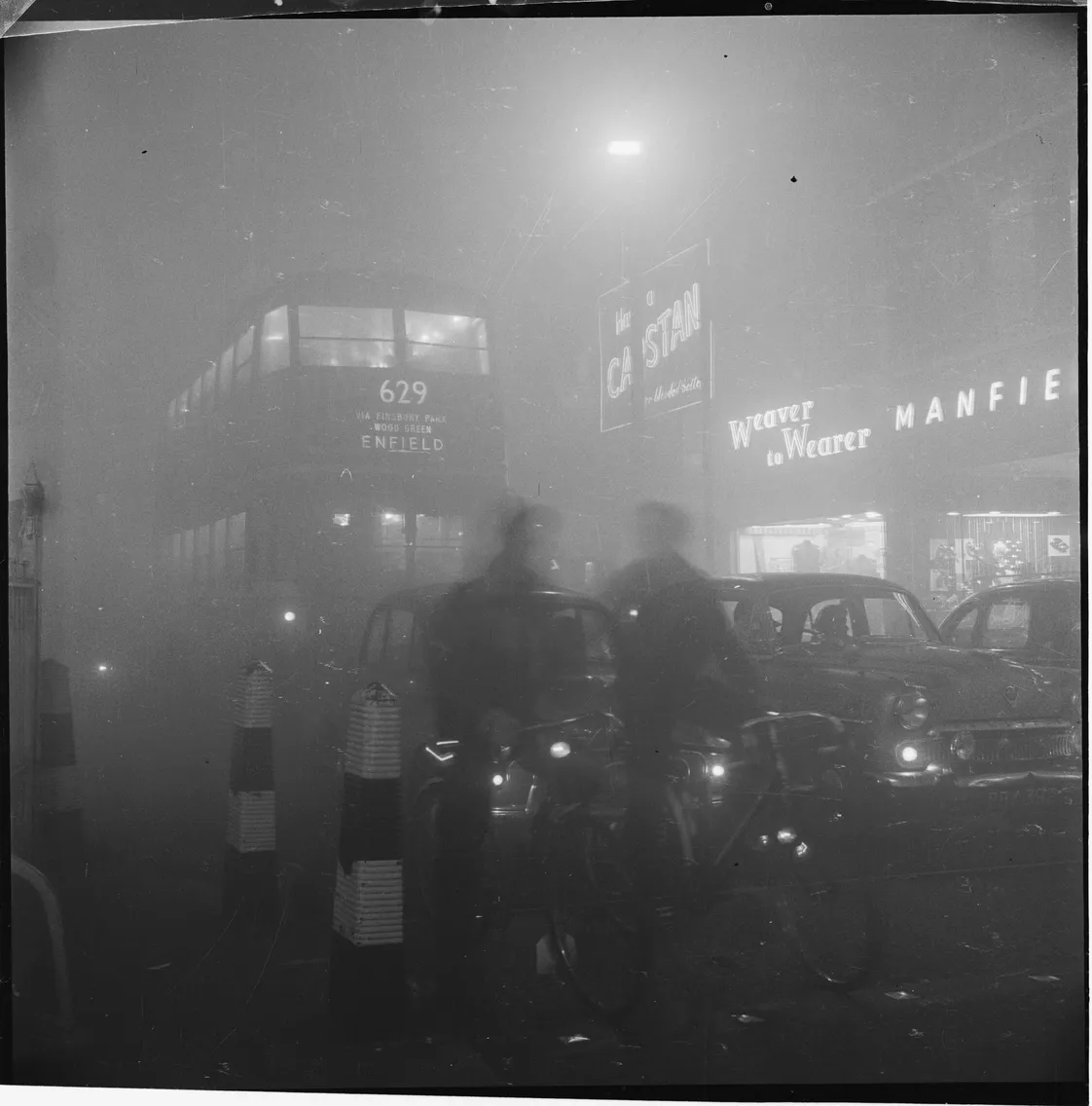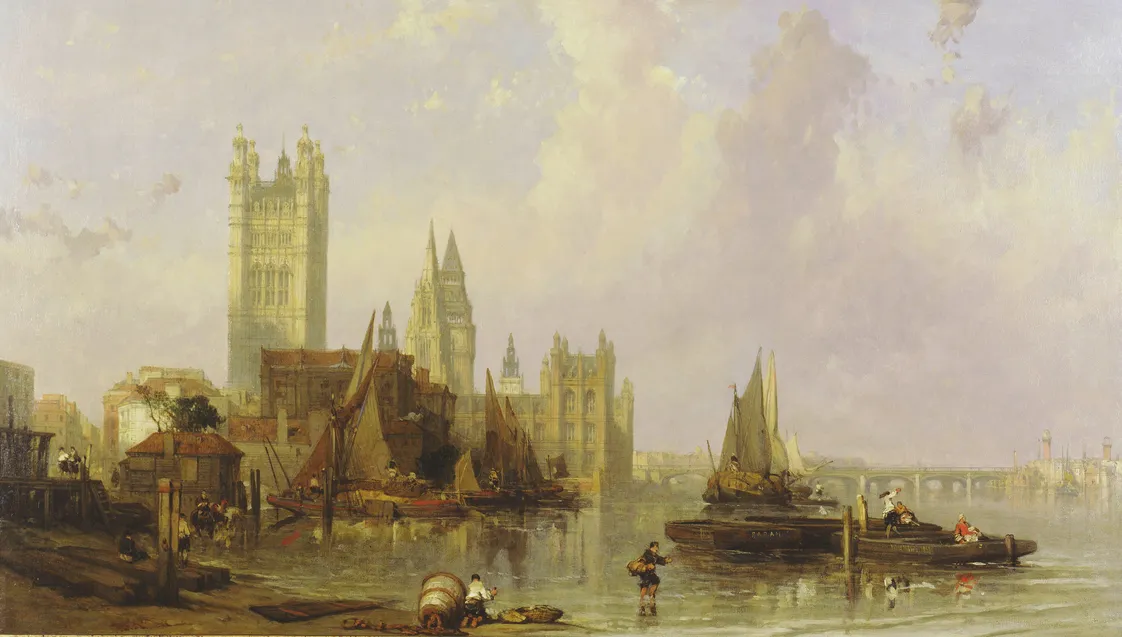Why is London called the Big Smoke?
London’s long history of air pollution is the reason people call it the Big Smoke. Before cars were the problem, coal fires caused smog so thick it brought the city to a standstill.
Since 1600
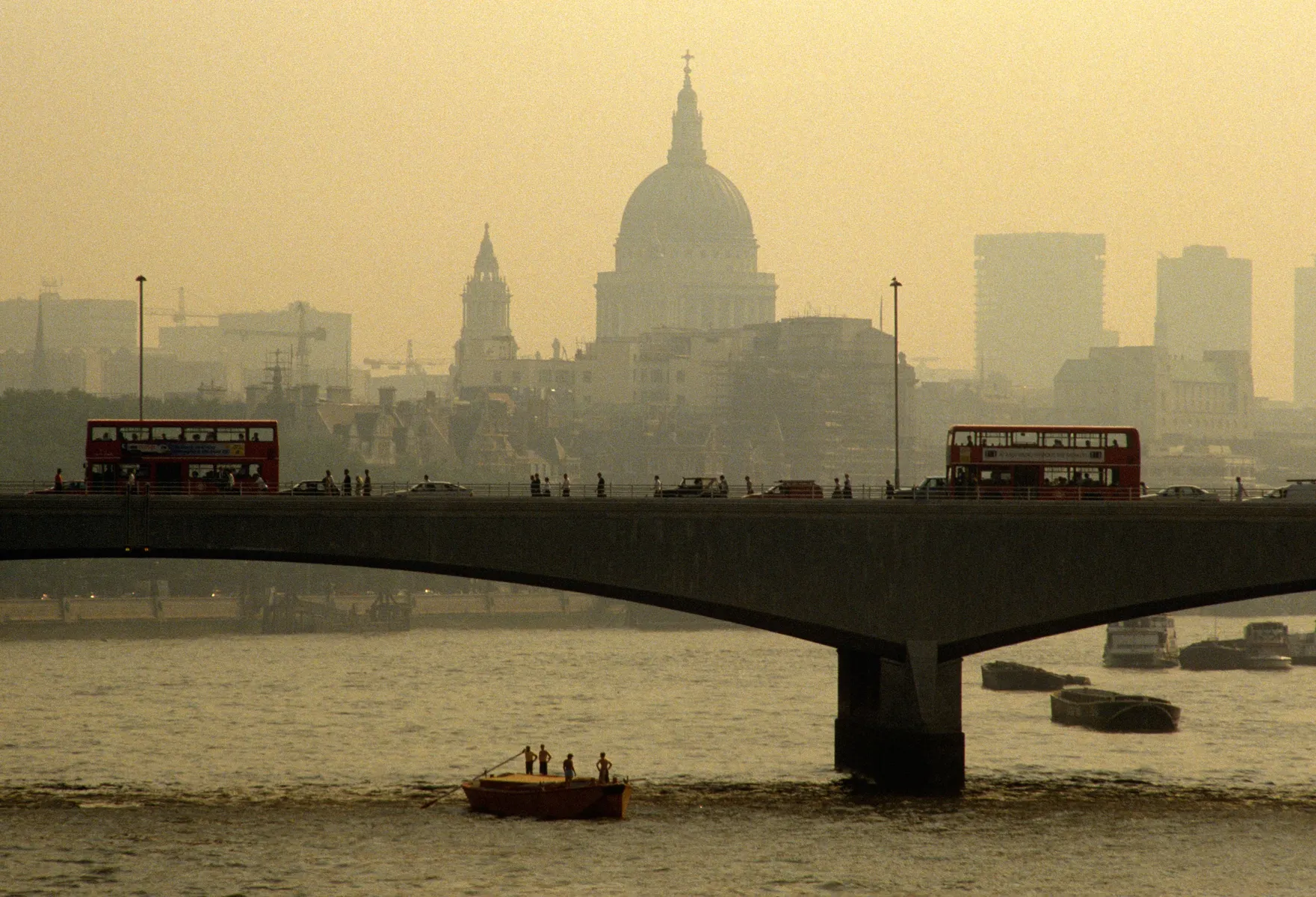
City of smoke
According to an 1874 dictionary of slang, “country-people” approaching London would see a cloud hanging over the city. In their words, they were heading to “the smoke”.
London has been known for its dirty air for hundreds of years, and our collection is full of traces of London’s polluted past.
In paintings, drawings and photos, you can see coal entering the city, the fog-smudged skyline which became part of London’s identity, and the car-choked roads which continue to kill Londoners in the 21st century.
“It is this horrid smoke which obscures our churches, and makes our palaces look old, which fouls our clothes, and corrupts the waters”
John Evelyn, 1661
Foggy origins
Despite having a population of under 200,000 until the 16th century, London’s problems with polluted fogs stretch back well over 500 years.
In the 17th century the writer John Evelyn called it a “hellish and dismall cloud”. Evelyn wrote his Fumifugium about the poisoning of London’s air. “It is this horrid smoke which obscures our churches, and makes our palaces look old, which fouls our clothes, and corrupts the waters.”
Growing city, growing problem

London became famous for its foggy atmosphere.
In 1714, there were 630,000 people in London. In 1840, there were almost two million.
This population boom was matched by an explosion in industry – new factories and new trains, all powered by coal. Pollution became a much more serious problem.
This photo of St Paul’s from our collection was taken around 1909 and has a deliberately grainy effect to emphasise London’s foggy atmosphere.
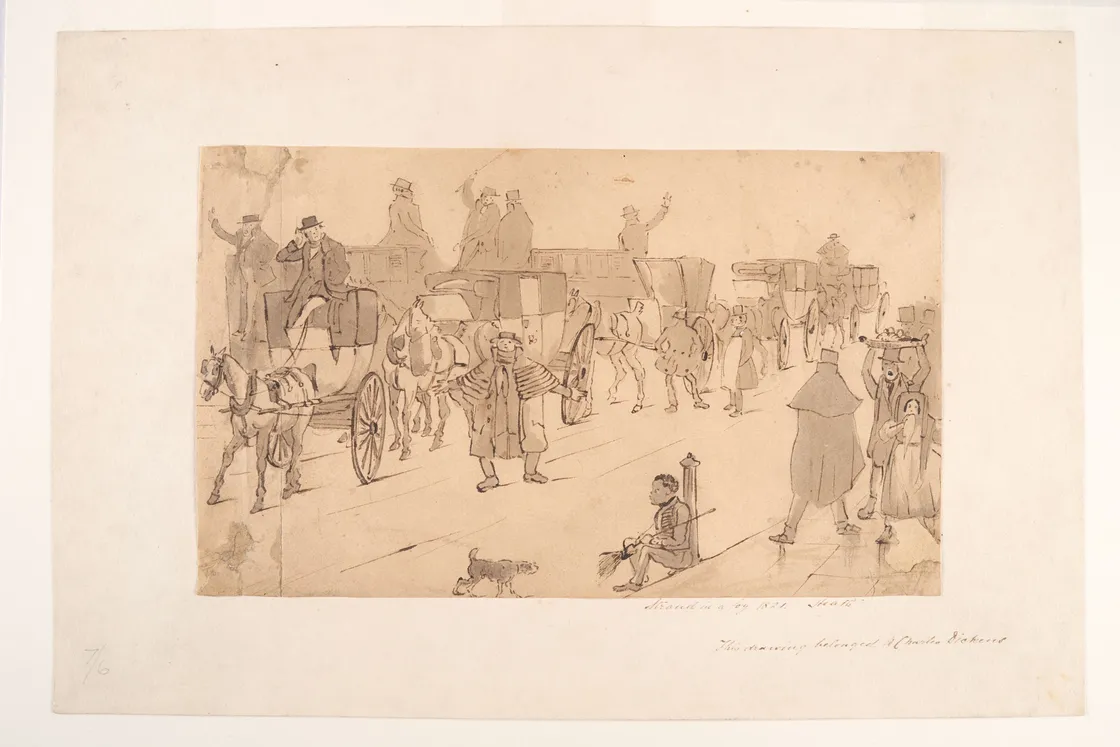
An 1821 drawing showing the Strand in a fog.
In 1819, Parliament set up a select committee to consider the “problem of smoke from steam engines and furnaces”.
The 1821 drawing above shows the Strand during a thick fog. A note at the bottom claims it was once owned by Charles Dickens. We don’t have any evidence to back that up, but Dickens does have a connection to the subject. The famous 19th-century novelist’s tales of foggy London created a lasting and popular image of the city’s atmosphere.
In the picture, a woman blocks out the choking fumes with a handkerchief, while the traffic has stopped for a man lost in the fog.
Coals to London…
Until the middle of the 20th century, coal was the main fuel used to heat homes – as well as powering the city’s factories and power stations.
Coal came to London by sea. The photo below from 1933 shows enormous piles of it on barges at Regent's Canal Dock, now called Limehouse Basin.
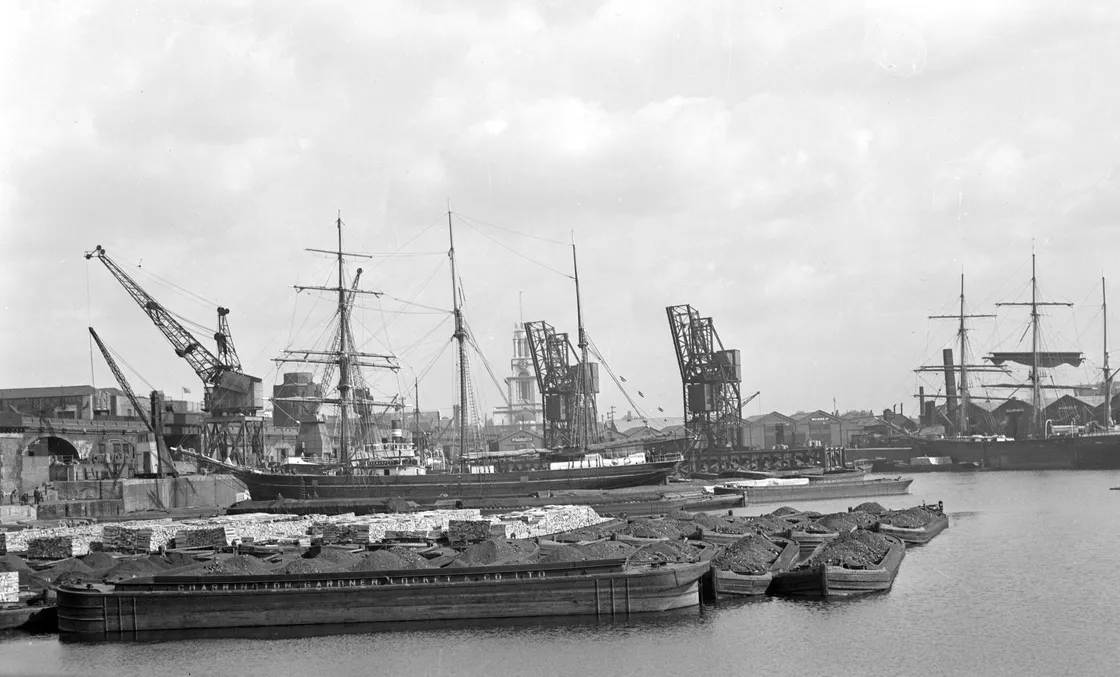
Barges loaded with timber and coal in the Regent's Canal Dock in 1933.
… and right to the doorstep
After arriving along the River Thames, the coal was sent all over the city. Coalmen carried sacks of coal to people’s doors.
Burning coal creates toxic pollution, which became known as smog. Smog was extremely damaging to people’s health, causing immediate illness and serious long-term conditions.
From the late 19th century, London was home to coal-fired power stations which provided the city with electricity.
These included Bankside Power Station – now Tate Modern – as well as the iconic Battersea Power Station, and others at Lots Road, Deptford and Fulham.
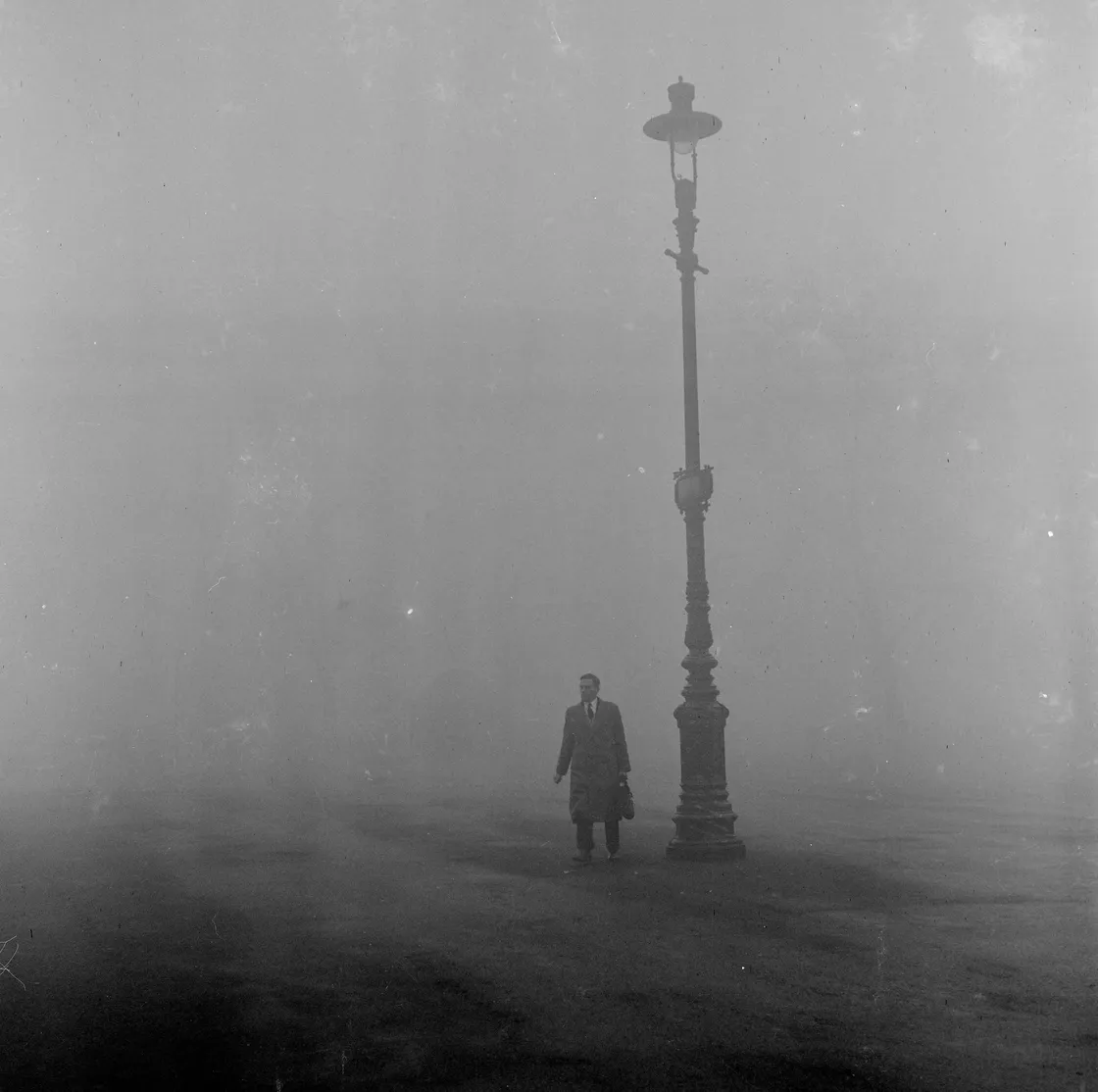
A typical "pea-souper" from between 1945 to 1955.
The Great Smog of 1952
All that coal meant Londoners faced frequent “pea-soupers” – yellow fogs as thick as the one you see here.
The worst came in 1952, when smog covered London for five days, killing 12,000 people.
In 1956 the government passed the Clean Air Act, which started a gradual transition from coal to gas.
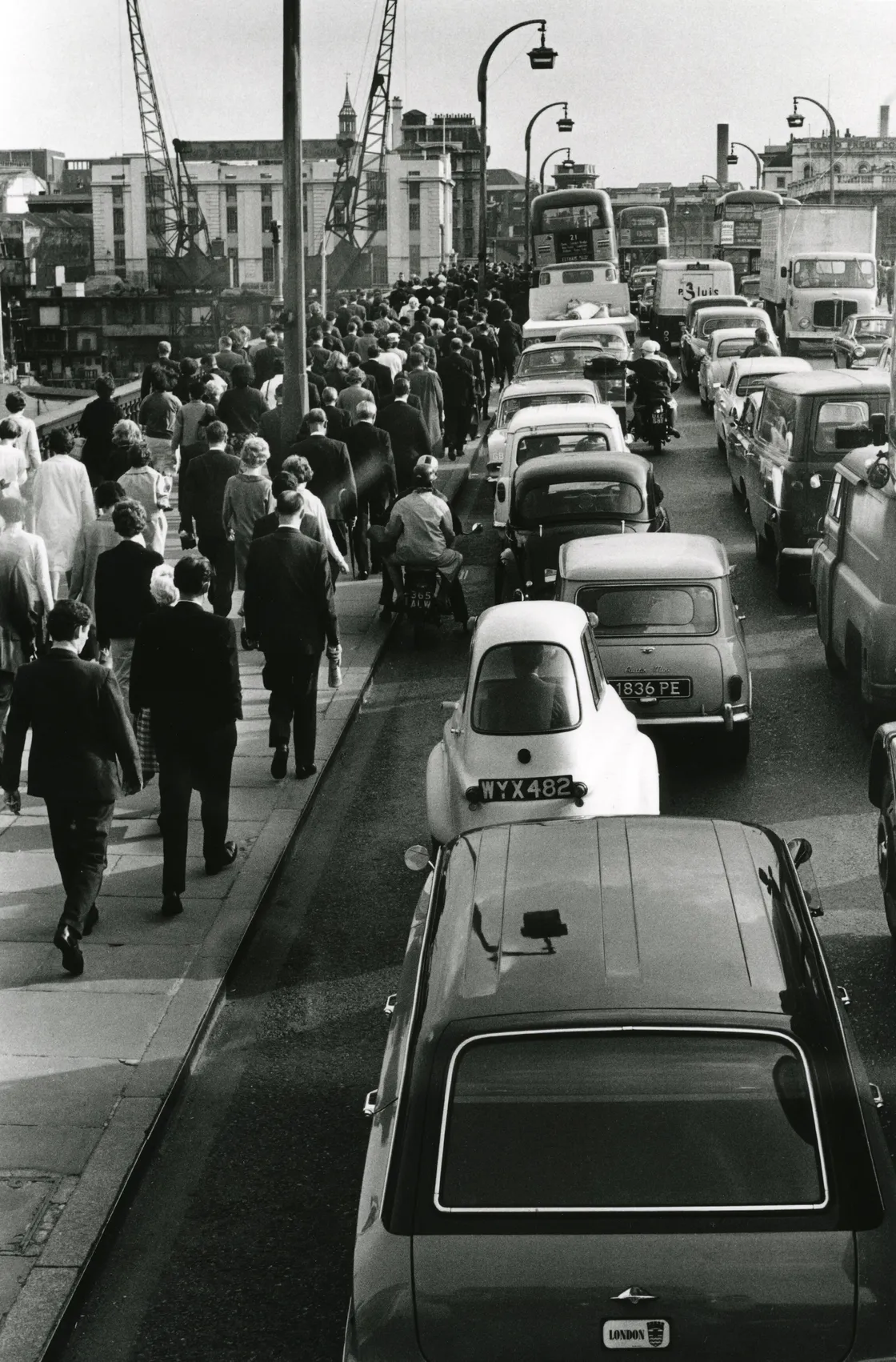
London Bridge during the evening rush hour, 1964.
Killer cars
Coal faded from use, ending the most visible pollution.
But by 1970, half of British households owned at least one car. Road vehicles are now the biggest cause of London’s air pollution.
A 2019 study found that 9,500 people die each year in London because of air pollution.




